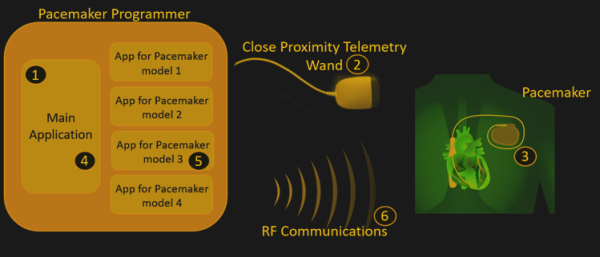My dad was scheduled for his first MRI scan the other day, and as the designated family technical expert, Pop had plenty of questions for me about what to expect. I told him everything I knew about the process, having had a few myself, but after the exam he asked the first question that everyone seems to ask: “Why is that thing so damn loud?”
Sadly, I didn’t have an answer for him. I’ve asked the same question myself after my MRIs, hoping for a tech with a little more time and lot more interest in the technology he or she uses to answer me with more than the “it’s the machine that makes the noise” brush-off. Well, duh.
MRI is one of those technologies that I don’t feel I have a firm enough grasp on, and it seems like something I should really be better versed in. So I decided to delve into the innards of these modern medical marvels to see if I can answer this basic question, plus see if I can address a few more complicated questions.




 The programmers’ firmware update procedures were also flawed, with hard-coded credentials being very common. This allows an attacker to setup their own authentication server and upload their own firmware to the home monitoring kit. Due to the nature of the hack, the researchers are not disclosing to the public which manufacturers or devices are at fault and have redacted some information until these medical device companies can get their house in order and fix these problems.
The programmers’ firmware update procedures were also flawed, with hard-coded credentials being very common. This allows an attacker to setup their own authentication server and upload their own firmware to the home monitoring kit. Due to the nature of the hack, the researchers are not disclosing to the public which manufacturers or devices are at fault and have redacted some information until these medical device companies can get their house in order and fix these problems.
















